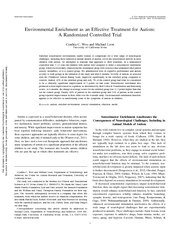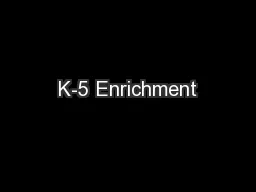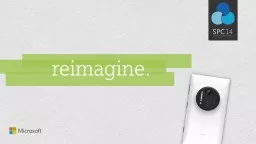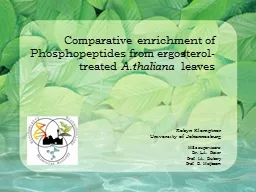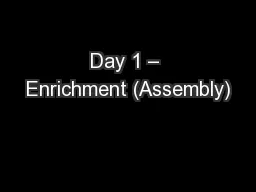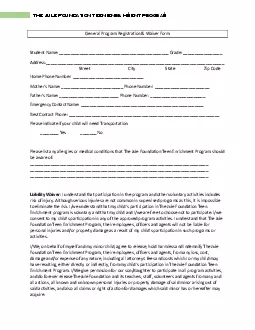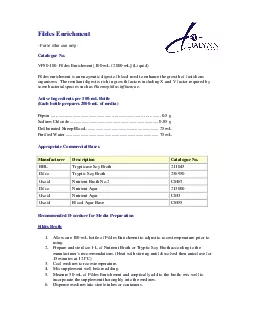PDF-Environmental Enrichment as an Effective Treatment for
Author : alexa-scheidler | Published Date : 2015-06-10
Woo and Michael Leon University of California Irvine Enriched sensorimotor environments enable rodents to compensate for a wide range of neurological challenges
Presentation Embed Code
Download Presentation
Download Presentation The PPT/PDF document "Environmental Enrichment as an Effective..." is the property of its rightful owner. Permission is granted to download and print the materials on this website for personal, non-commercial use only, and to display it on your personal computer provided you do not modify the materials and that you retain all copyright notices contained in the materials. By downloading content from our website, you accept the terms of this agreement.
Environmental Enrichment as an Effective Treatment for: Transcript
Download Rules Of Document
"Environmental Enrichment as an Effective Treatment for"The content belongs to its owner. You may download and print it for personal use, without modification, and keep all copyright notices. By downloading, you agree to these terms.
Related Documents

